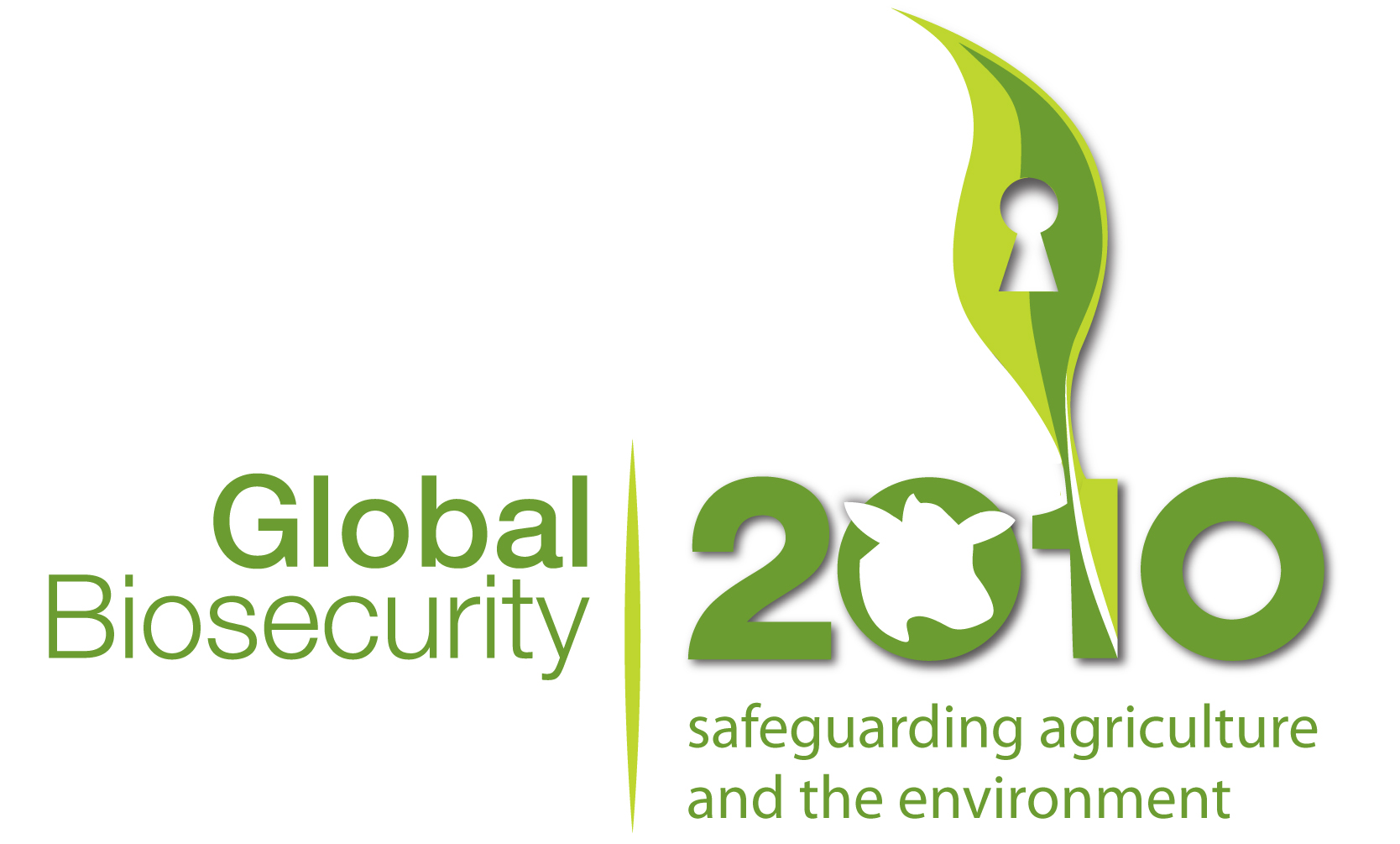CSI-inspired research to enhance quarantine detection methods
Global Biosecurity Media Relese: 15 January 2010
 Travellers arriving at Australian international airports are met with stringent quarantine services to protect Australia’s privileged biosecurity status.
Travellers arriving at Australian international airports are met with stringent quarantine services to protect Australia’s privileged biosecurity status.
Currently, travellers are screened for ‘macro’ prohibited quarantine material such as plant material at Australian international airports but are unable to be screened for ‘micro’ material, such as plant pathogens that may be entering Australia on passenger’s hair, clothing or footwear.
Leading a Cooperative Research Centre for National Plant Biosecurity project, Western Australia’s Department of Agriculture and Food’s Dominie Wright said new research was looking at developing a more rigorous detection method.
“As part of this ‘Airport Forensic’ project, we are researching if pathogens can be detected using forensic methods, initially focusing on cereal rust and the level of human mediated rust entries into Australia,” Ms Wright said.
“The pathway for this material is not currently regulated as the organisms are not visible to the naked eye.
“There is a need to collect data that will support future communication activities aimed at informing individuals of the risk of carrying quarantinable plant pathogens on their clothing, hair or footwear when returning from overseas travel.
“The Airport Forensic project will look at the development of a rapid forensic kit, covering hair, footwear and clothing which may be used on targeted passengers in the future.”
Ms Wright said until the CSI-like forensic kit was developed, trialled and released for use, the biosecurity responsibility remained largely with the Australian public; a certain hot topic at the upcoming Global Biosecurity 2010 Conference in Brisbane.
“With the amount of international travellers entering Australia, quarantine inspectors do not have capacity to inspect each visitor for this micro material,” Ms Wright said.
“Researchers, growers and Australian travellers in general, often visit farms or related enterprises while on holidays overseas or interstate.”
“These individuals represent an undefined risk for inadvertently introducing exotic plant pathogens into Australia if appropriate biosecurity measures are not enforced.”
“Each incoming passenger is responsible for ensuring they follow good biosecurity practices and abide by quarantine laws to limit any potential threats.”
At the same time, Ms Wright said there is a need for the Australian community to be better educated about the potential biosecurity risks of micro material.
“Stopping the entry, establishment and spread of unwanted plant pathogens is vital for some of our agricultural industries, and for protecting and preserving our environment.”
Issues including the threats and impacts of the constant movement of people, plants and animals as well as a myriad of other biosecurity topics will be discussed at the first international Global Biosecurity 2010 Conference to be held in Brisbane in February next year.
The conference will bring together a host of biosecurity experts to discuss best practice and how Australia can maintain effective biosecurity measures, which are vital to keeping our agricultural industries and the environment healthy.
The conference is a partnership event between the CRC for National Plant Biosecurity, Australian Biosecurity CRC for Emerging Infectious Disease and the Invasive Animals CRC.
The Global Biosecurity 2010 Conference is sponsored by: the Grains Research and Development Corporation (GRDC); the Australian Centre of Excellence for Risk Analysis (ACERA); Queensland University of Technology (QUT) and the Australian Quarantine and Inspection Service (AQIS).
Registrations for the conference are now open. Visit www.globalbiosecurity2010.com
Media contact l Laureta Wallace
P (08) 6250 4561
| Attachment | Size |
|---|---|
| 150110 GB2010 Media Release.pdf | 97.6 KB |

